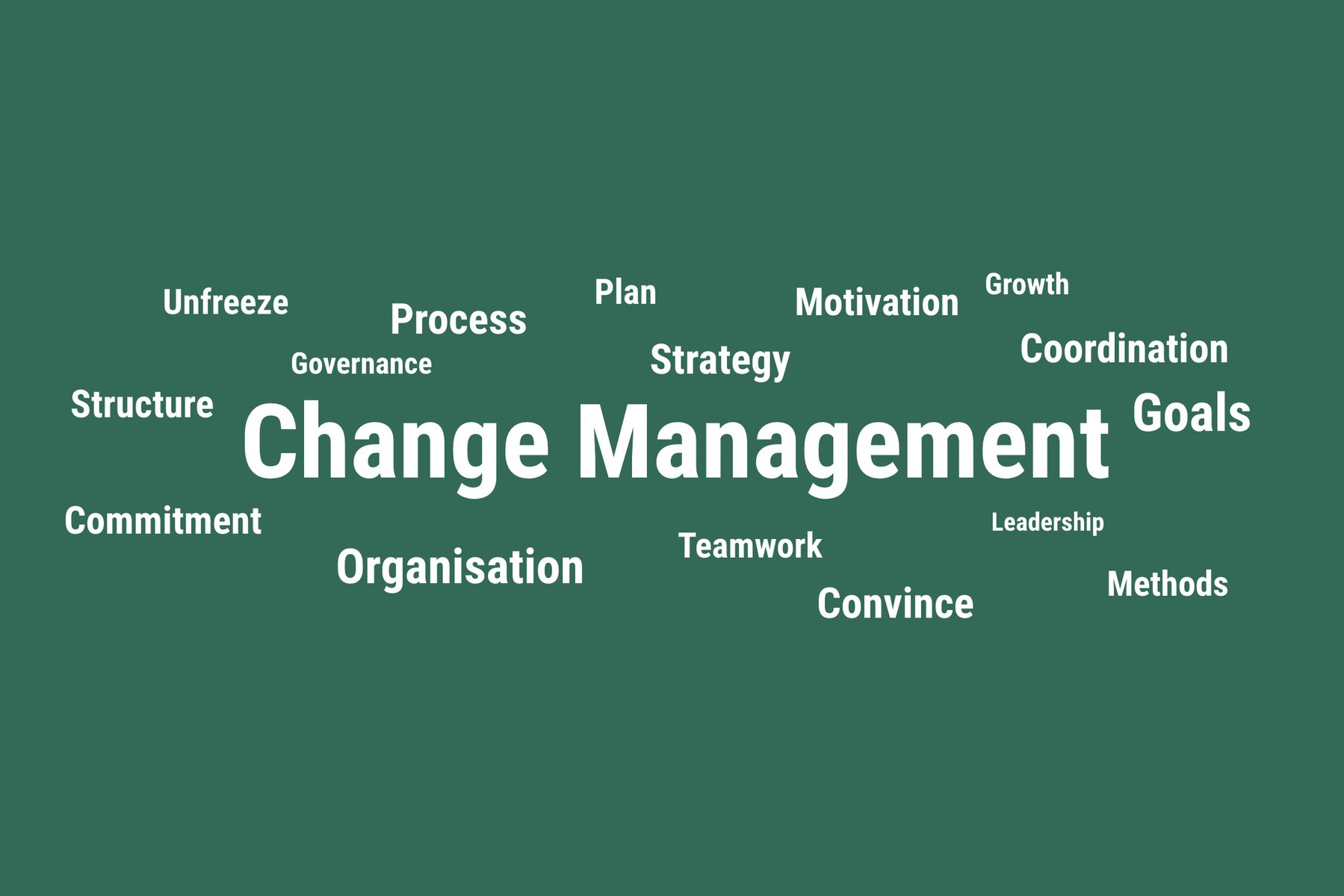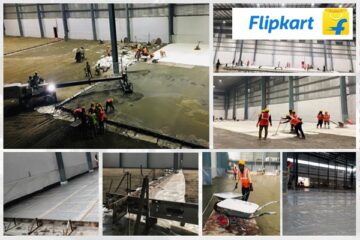Key Takeaways:
- Understand the importance of effective change management in organizational success.
- Explore key strategies and best practices for managing change.
- Learn how to handle resistance to change with actionable tips.
The Importance of Change Management
Effective change management is crucial for organizations to adapt to evolving market conditions and stay competitive. It ensures that transitions are smooth, minimizing disruptions and enhancing productivity. Investing in change management consulting can provide the necessary expertise and framework to manage these transitions effectively, leading to higher success rates. According to a Harvard Business Review article, organizations prioritizing change management are 3.5 times more likely to outperform their peers.
Neglecting change management can result in significant setbacks, including decreased employee morale, reduced productivity, and financial losses. Therefore, understanding the importance of effective change management practices is the first step towards organizational resilience. Organizations that adopt a proactive approach to change management are better equipped to handle unexpected disruptions, steering towards a more resilient future.
Key Strategies for Effective Change Management
Successful change management involves a robust strategy with clear objectives, stakeholder engagement, and continuous monitoring. One effective approach is the ADKAR model, which focuses on Awareness, Desire, Knowledge, Ability, and Reinforcement. This model helps organizations manage the human side of change effectively, ensuring that employees are compliant and actively engaged in the process.
Setting Clear Objectives
Setting clear and achievable objectives is the cornerstone of any change initiative. Clear goals help align the entire organization’s efforts and provide a roadmap for the transition. Using tools like profit.co platform, organizations can create and manage objectives that are SMART—Specific, Measurable, Achievable, Relevant, and Time-bound. By adhering to SMART criteria, organizations can ensure their goals are realistic and attainable, making the whole process more manageable.
Engaging Stakeholders
Involving stakeholders in the change process creates a sense of ownership and reduces resistance. This can be achieved by regular meetings, feedback sessions, and decision-making. Ensuring everyone understands the change’s benefits and impact can result in smoother implementation. Stakeholder engagement fosters a collaborative culture where every member feels valued and integral to the organization’s success.
Continuous Monitoring and Feedback
Monitoring the progress and seeking feedback ensures that the change process stays on track. Regular assessments help identify potential issues early, allowing for timely corrective actions. Transparency in communication during this phase can foster trust and collaboration among all levels of the organization. Feedback loops not only identify gaps but also encourage a culture of continuous improvement, crucial for long-term success.
Overcoming Common Challenges
Change initiatives often face significant hurdles, such as employee resistance, lack of clear communication, and insufficient resources. Addressing these challenges early on can significantly improve the chances of success. For instance, a study by McKinsey suggests that having a dedicated change management team can help overcome these obstacles effectively.
Moreover, identifying potential challenges early can help devise strategies to mitigate them. Proactive planning and a flexible approach ensure that organizations can navigate challenges without derailing the entire change initiative. Allocating sufficient budget and personnel resources can also alleviate some of the common challenges faced during change management.
Communicating Change Effectively
The foundation of any successful change management program is clear and open communication. This entails educating all parties involved on the change’s justifications, advantages, and procedural requirements. Regular updates and feedback channels are necessary to maintain openness and confidence.
Modes of Communication
Various modes of communication—emails, meetings, intranet updates—help effectively reach different audience segments. Tailoring the communication style according to the audience is crucial for ensuring the message is well-received and understood. For instance, visual aids, infographics, and video messages can effectively convey complex changes in an easily digestible format.
Ensuring Employee Engagement
Any transformation program must have the support of its workforce to succeed. Engaged employees are more inclined to welcome and support change. Implementing tactics like letting staff members participate in planning, giving them the training they need, and praising their work may greatly increase engagement.
Training and Development
Successful training initiatives give staff members the abilities and information to adjust to the latest developments. Employees who participate in continuous development programs feel appreciated and equipped to take on new challenges, which helps sustain high engagement levels. Employers can further improve employee satisfaction and encourage a growth-oriented mindset by providing opportunities for professional advancement and individualized training materials.
Handling Resistance to Change
Even the best-laid plans can be derailed by resistance to change. The secret to handling resistance is to identify its underlying causes and take proactive measures to address them. Strategies like empathy, active listening, and giving staff members a forum to air their grievances can work wonders.
Strategies to Mitigate Resistance
Providing a clear vision, involving employees in the change process, and offering support can mitigate resistance. Creating an open environment where employees feel heard and respected can significantly reduce resistance. For instance, anonymous surveys can provide honest feedback and uncover hidden concerns that must be addressed.
Moreover, recognizing and rewarding employees actively contributing to the change process can create positive reinforcement. Celebrating small wins along the way keeps the momentum going and demonstrates the tangible benefits of the change, making it easier for skeptics to buy in.
Measuring Success
It is imperative to measure change management activities’ success to comprehend their impact and pinpoint areas for development. Key performance indicators (KPIs) that measure productivity, project completion rates, and employee happiness can give important information about how well the change management process is working.
Continuous Improvement
Organizations can continuously refine their change management strategies using the insights of measuring success. This ensures they are better prepared for future changes and can adapt swiftly and effectively. Regularly reviewing the KPIs and making data-driven adjustments can lead to sustained success and a culture of continuous improvement.
Keep an eye for more news & updates on Timesanalysis.Com!



